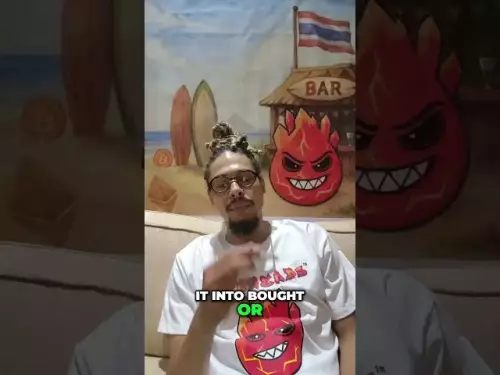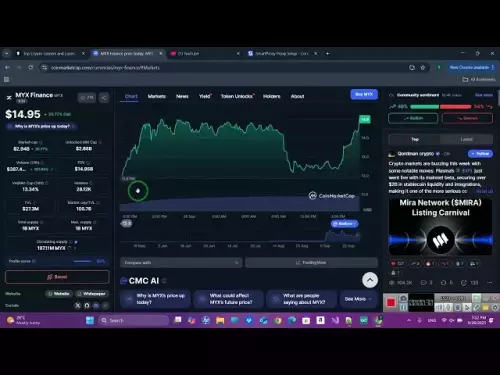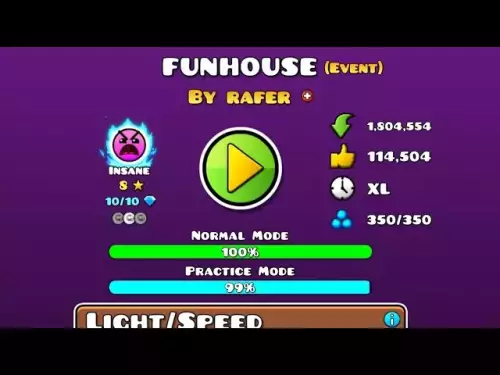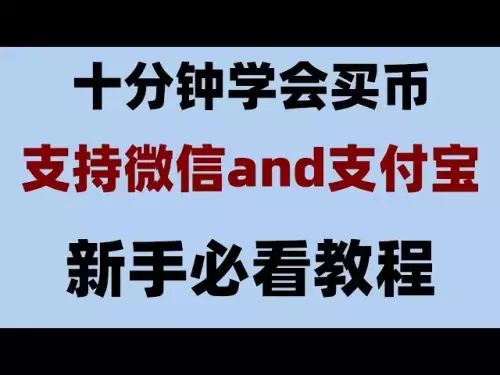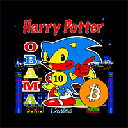-
 bitcoin
bitcoin $109547.008142 USD
0.04% -
 ethereum
ethereum $4011.838726 USD
-0.05% -
 tether
tether $1.000402 USD
-0.01% -
 xrp
xrp $2.798606 USD
0.88% -
 bnb
bnb $970.877944 USD
1.39% -
 solana
solana $202.237275 USD
-0.95% -
 usd-coin
usd-coin $0.999673 USD
0.00% -
 dogecoin
dogecoin $0.229294 USD
-1.15% -
 tron
tron $0.336370 USD
-0.45% -
 cardano
cardano $0.777260 USD
-1.66% -
 hyperliquid
hyperliquid $45.503019 USD
1.73% -
 ethena-usde
ethena-usde $1.000362 USD
0.01% -
 chainlink
chainlink $20.785303 USD
-1.10% -
 avalanche
avalanche $28.755822 USD
-0.11% -
 stellar
stellar $0.358303 USD
-0.48%
What is the difference between a fungible and a non-fungible token?
Fungible tokens like Bitcoin are interchangeable, while NFTs are unique digital assets verified on-blockchain via standards like ERC-721.
Aug 11, 2025 at 12:07 pm
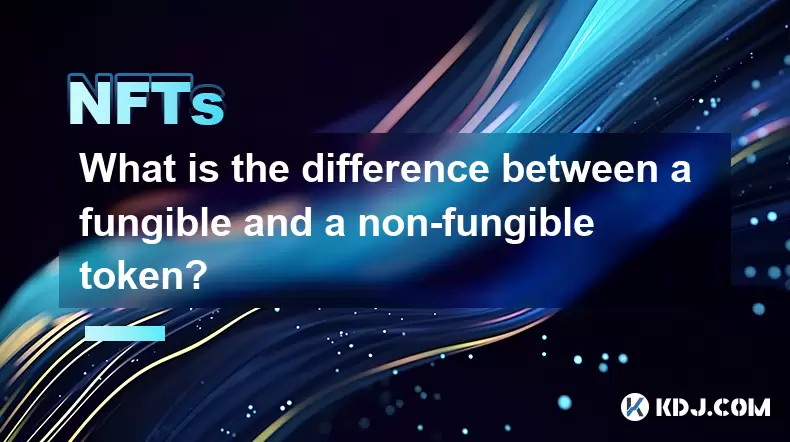
Understanding Fungibility in Digital Assets
The concept of fungibility is foundational to understanding both fungible and non-fungible tokens (NFTs) in the cryptocurrency space. An asset is considered fungible when each unit is interchangeable with another of the same kind and value. For example, one Bitcoin (BTC) is identical in value and function to any other Bitcoin. This interchangeability allows cryptocurrencies like Ethereum (ETH) or USDT to operate as reliable mediums of exchange, similar to traditional fiat currencies such as the US dollar. Each unit holds the same value and can be freely exchanged without loss of utility. This characteristic is essential for financial systems where consistency and predictability are required.
In contrast, a non-fungible token (NFT) is unique and cannot be directly replaced by another token. Each NFT contains distinct information or attributes that differentiate it from others, even if they exist on the same blockchain. This uniqueness is encoded into the token’s metadata and is secured through smart contract standards such as ERC-721 or ERC-1155 on the Ethereum blockchain. Because of this, NFTs are not interchangeable on a one-to-one basis. For instance, an NFT representing a digital artwork cannot be swapped for another NFT of a virtual real estate plot without considering their individual value and characteristics.
Technical Standards Behind Token Types
The technical implementation of tokens on blockchains relies on specific smart contract standards. For fungible tokens, the most widely adopted standard is ERC-20 on Ethereum. This standard defines a set of rules that ensure tokens behave uniformly across wallets, exchanges, and decentralized applications (dApps). Key functions include transfer, balanceOf, and totalSupply, which allow seamless movement and tracking of identical tokens. When you send 100 DAI to someone, the recipient receives 100 units of the same value and type, with no distinction between individual tokens.
For non-fungible tokens, the ERC-721 standard is the most common. Unlike ERC-20, ERC-721 assigns a unique identifier (tokenID) to each token, ensuring no two tokens are the same. Each NFT also includes metadata that may reference external files such as images, videos, or text. This metadata is often stored off-chain using services like IPFS (InterPlanetary File System), with the NFT containing only a link to the content. The ERC-1155 standard introduces semi-fungibility, allowing a single contract to manage both fungible and non-fungible tokens, improving efficiency for applications like gaming where multiple item types exist.
Use Cases and Practical Applications
Fungible tokens are primarily used as digital currencies, utility tokens, or governance tokens within decentralized ecosystems. For example, Chainlink (LINK) is a fungible token used to pay for oracle services on its network. Similarly, Uniswap (UNI) allows holders to vote on protocol upgrades. These tokens rely on uniformity to maintain trust and functionality across transactions. Their interchangeability ensures that users can trade, stake, or spend them without concern for individual token history or attributes.
Non-fungible tokens, on the other hand, enable ownership of unique digital or physical assets. A prominent use case is digital art, where artists mint NFTs to prove authenticity and ownership. Platforms like OpenSea and Rarible allow creators to upload artwork, attach metadata, and mint NFTs using connected wallets like MetaMask. Other applications include virtual real estate in metaverses like Decentraland, in-game items in blockchain games such as Axie Infinity, and proof of attendance for events. Each NFT serves as a verifiable certificate of ownership that cannot be duplicated.
How to Mint and Transfer NFTs
Minting an NFT involves creating a unique token on a blockchain. To do this:
- Connect a cryptocurrency wallet such as MetaMask to an NFT marketplace like OpenSea.
- Click on the 'Create' button and upload the digital file (image, video, audio).
- Enter metadata such as name, description, and properties.
- Choose the blockchain (e.g., Ethereum, Polygon) and select the royalty percentage.
- Confirm the transaction through the wallet, which may require paying a gas fee.
Once minted, the NFT appears in your wallet and marketplace profile. Transferring an NFT requires:
- Navigating to the NFT’s page on the marketplace.
- Selecting the 'Transfer' option.
- Entering the recipient’s wallet address.
- Confirming the transaction in your wallet.
Unlike fungible tokens, each transfer involves a unique token ID, and the transaction is recorded on the blockchain as a distinct event.
Security and Ownership Verification
Ownership of fungible tokens is verified by checking the balance associated with a wallet address. Since all units are identical, the system only needs to track quantity. For NFTs, ownership is tied to the tokenID and recorded on the blockchain. Anyone can verify ownership by inspecting the blockchain ledger using tools like Etherscan. The smart contract address and tokenID together form a unique identifier that proves legitimacy.
It is important to note that owning an NFT does not necessarily grant copyright or reproduction rights to the underlying content. The digital file linked to an NFT can often be copied, but the ownership record remains on the blockchain. This distinction ensures scarcity and provenance, even if the file itself is publicly accessible.
Common Misconceptions and Clarifications
A frequent misunderstanding is that all tokens on a blockchain are interchangeable. This is not true—blockchains support multiple token standards with different properties. Another misconception is that NFTs are inherently valuable. Value is determined by market demand, not the technology itself. Additionally, some believe that minting an NFT automatically protects copyright, but legal rights must be established separately.
Frequently Asked Questions
Can a fungible token be converted into a non-fungible token?No, a fungible token cannot be directly converted into an NFT because they operate under different smart contract standards. Converting would require burning the fungible tokens and minting new NFTs through a separate contract, which is a manual process and not an automatic conversion.
Do NFTs always represent digital art?No, while digital art is a popular use case, NFTs can represent a wide range of assets including virtual land, domain names, music, collectibles, and even real-world assets like property deeds or luxury goods.
Are gas fees higher for NFT transactions compared to fungible tokens?Gas fees depend on network congestion and transaction complexity. NFT transactions may cost more due to the larger data footprint of unique token IDs and metadata, but fees are not inherently higher solely because of the token type.
Can one NFT represent multiple items?Yes, under the ERC-1155 standard, a single NFT contract can manage multiple token types, including both fungible and non-fungible items. This is useful in gaming, where one contract can handle currencies, weapons, and unique characters.
Disclaimer:info@kdj.com
The information provided is not trading advice. kdj.com does not assume any responsibility for any investments made based on the information provided in this article. Cryptocurrencies are highly volatile and it is highly recommended that you invest with caution after thorough research!
If you believe that the content used on this website infringes your copyright, please contact us immediately (info@kdj.com) and we will delete it promptly.
- SUI, AAVE, BlockDAG: Decoding the Hottest Trends in Crypto
- 2025-09-29 06:45:13
- Snorter Bot: Your Ticket to 100x Crypto Presale Gems?
- 2025-09-29 06:25:16
- Crypto Casino Craze: Bitcoin Gambling & No Deposit Bonuses in 2025
- 2025-09-29 07:05:17
- Stellar Holds the Line: Fibonacci Levels, Breakout Potential, and XLM's Next Stellar Move
- 2025-09-29 06:45:13
- XRP Payments, Daily Wages, and Ripple Chief: A Revolution in Payroll?
- 2025-09-29 06:25:16
- Bitcoin, MAGAX, and the Surge: What Savvy Investors Are Eyeing Now
- 2025-09-29 07:05:17
Related knowledge
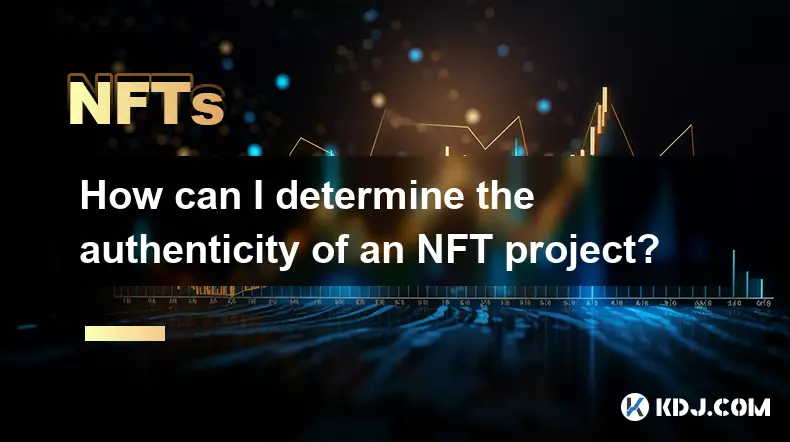
How can I determine the authenticity of an NFT project?
Sep 23,2025 at 05:18pm
Understanding the Project Team and Their Background1. Research the identities of the team members behind the NFT project. Verified social media profil...
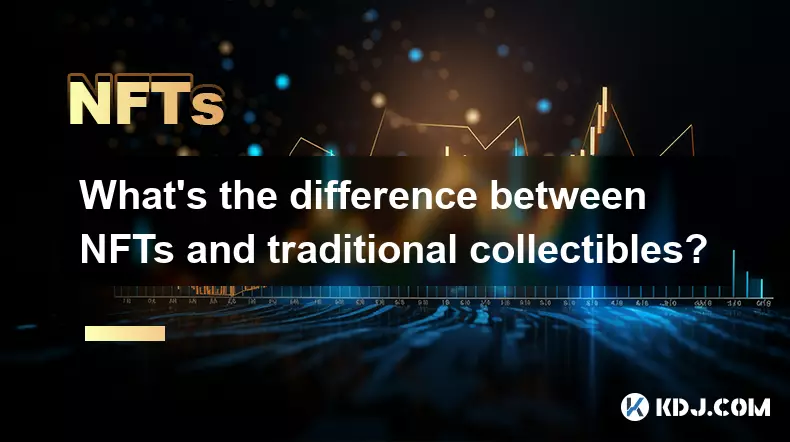
What's the difference between NFTs and traditional collectibles?
Sep 19,2025 at 12:55pm
Digital Ownership and Provenance1. NFTs are built on blockchain technology, which ensures transparent and immutable records of ownership. Every transa...
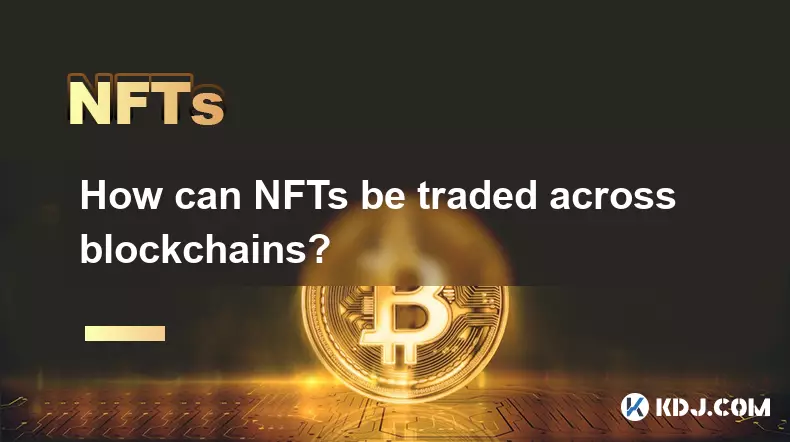
How can NFTs be traded across blockchains?
Sep 19,2025 at 12:00pm
Understanding Cross-Chain NFT Trading1. Non-fungible tokens (NFTs) are digital assets that represent ownership of unique items on a blockchain. Origin...
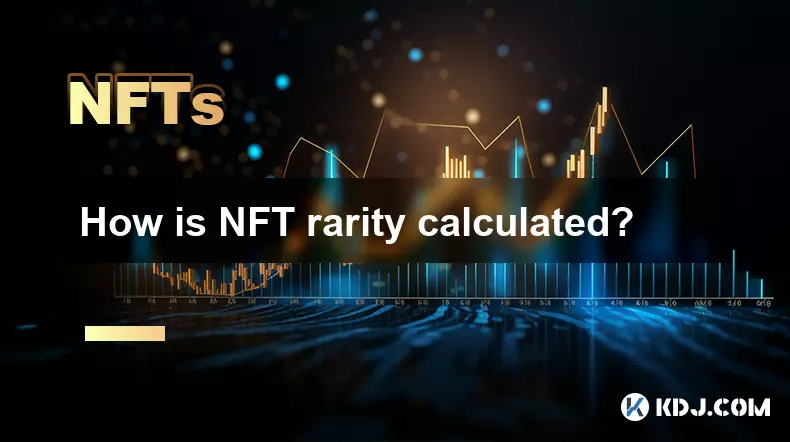
How is NFT rarity calculated?
Sep 18,2025 at 07:54pm
Understanding NFT Rarity Metrics1. NFT rarity is determined by analyzing the uniqueness of individual traits within a collection. Each NFT typically c...
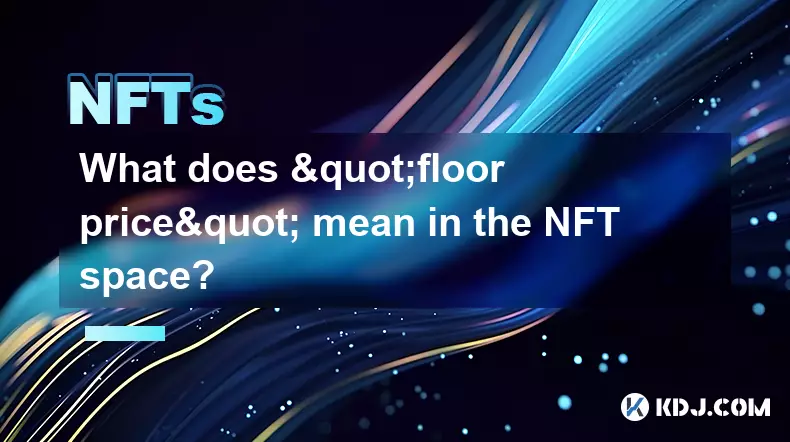
What does "floor price" mean in the NFT space?
Sep 22,2025 at 06:36am
Floor Price: A Core Metric in the NFT Marketplace1. The term floor price refers to the lowest current asking price for any item within a specific NFT ...

How do NFTs help content creators?
Sep 18,2025 at 08:00am
NFTs Empower Creators with Ownership and Monetization1. NFTs provide content creators with verifiable ownership of their digital works, ensuring authe...

How can I determine the authenticity of an NFT project?
Sep 23,2025 at 05:18pm
Understanding the Project Team and Their Background1. Research the identities of the team members behind the NFT project. Verified social media profil...

What's the difference between NFTs and traditional collectibles?
Sep 19,2025 at 12:55pm
Digital Ownership and Provenance1. NFTs are built on blockchain technology, which ensures transparent and immutable records of ownership. Every transa...

How can NFTs be traded across blockchains?
Sep 19,2025 at 12:00pm
Understanding Cross-Chain NFT Trading1. Non-fungible tokens (NFTs) are digital assets that represent ownership of unique items on a blockchain. Origin...

How is NFT rarity calculated?
Sep 18,2025 at 07:54pm
Understanding NFT Rarity Metrics1. NFT rarity is determined by analyzing the uniqueness of individual traits within a collection. Each NFT typically c...

What does "floor price" mean in the NFT space?
Sep 22,2025 at 06:36am
Floor Price: A Core Metric in the NFT Marketplace1. The term floor price refers to the lowest current asking price for any item within a specific NFT ...

How do NFTs help content creators?
Sep 18,2025 at 08:00am
NFTs Empower Creators with Ownership and Monetization1. NFTs provide content creators with verifiable ownership of their digital works, ensuring authe...
See all articles





















